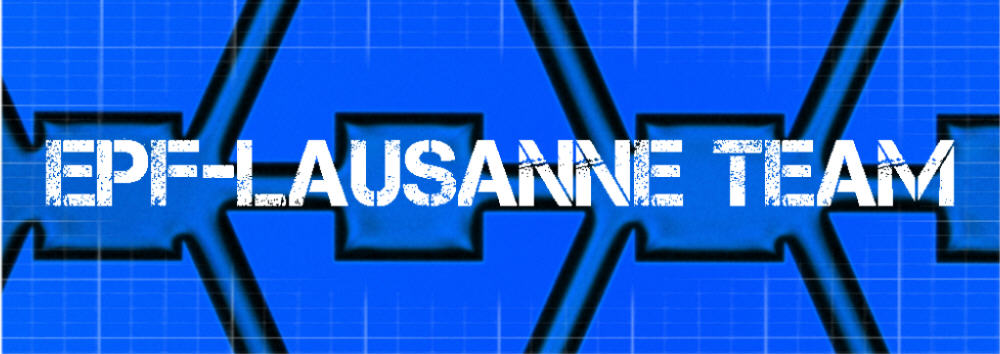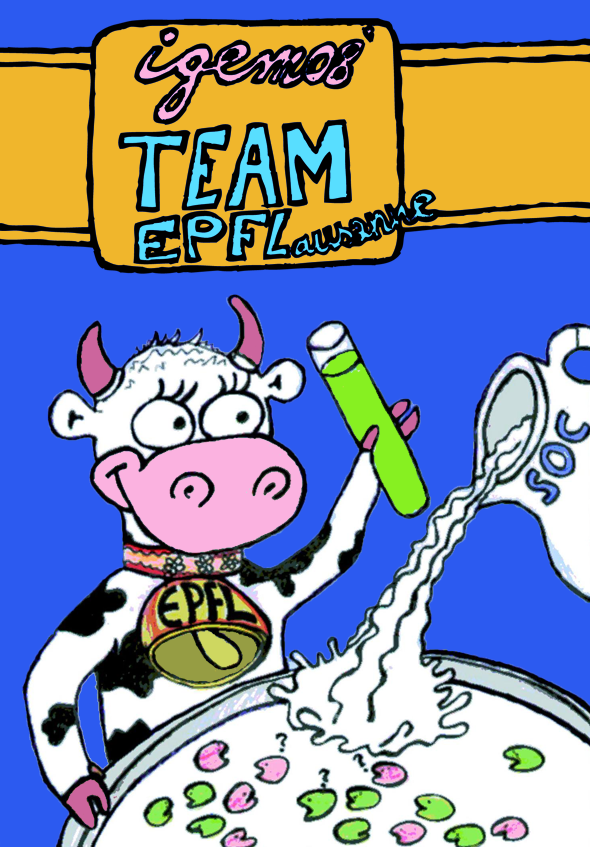Team:EPF-Lausanne
From 2008.igem.org
(Difference between revisions)
(→Abstract) |
|||
| (37 intermediate revisions not shown) | |||
| Line 1: | Line 1: | ||
| - | + | [[Image:Actu_image_968_1_FR.jpg|center]] | |
| - | + | {{EPFL/Header}} | |
| - | + | ||
| - | + | ||
| - | + | ||
| - | + | ||
| - | + | ||
| - | + | ||
| - | + | ||
| - | + | ||
| - | + | ||
| - | + | ||
| - | + | ||
| - | + | ||
| - | |||
| - | + | <br> | |
| + | <div style="font-size:28pt;"><center>Genetic Network Generating Spatial Patterns</center></div> | ||
| - | |||
| - | |||
| - | |||
| - | |||
| - | |||
| - | |||
| - | |||
| - | |||
| - | |||
| - | |||
| - | |||
| - | < | + | <div style="font-size:28pt;"><center>Through Cell-Cell Communication</center></div> |
| - | + | ||
| - | + | <div style="font-size:28pt;"><center>and Controlled Information Processing</center></div> | |
| - | + | <br> | |
| - | + | <div align="center">[[Image:chip_small_blue4.jpg|900px]]</div> | |
| - | + | ||
| - | + | ||
| - | + | ||
| - | + | ||
| - | ('' | + | |
| + | ==Abstract== | ||
| + | |||
| + | <table cellpadding="30px"><tr><td valign="top"><div style="font-size:12pt; line-height:2;"> | ||
| + | Biological systems are unique in their ability to combine information and energy to generate complex entities. Genetically encoded networks drive many of these patterning processes. Furthermore, developmental studies have highlighted the importance of gradient formation and cell-cell communication for the generation of cellular patterns in the early stages of life. It has been shown that simple networks can form both static and dynamic patterns. Nonetheless, a system whose pattern formation is dependent on combinations of multiple signals has yet to be demonstrated. Here we address this question by designing a network, involving two different quorum-sensing based signaling mechanisms. <br>Upon introduction in ''E.coli'', the system can sense the relative amounts of two input molecules. Using a pre-define set of rules which was selected on its ability to generate spatial patterns, the cell can then express its final state by emitting red or green fluorescence and transmit its state to its neighbors.</div> | ||
| + | </td><td>[[Image:epfl_cow.png|400px]]</td> | ||
| + | </table> | ||
| + | <html><center><a href="http://www4.clustrmaps.com/counter/maps.php?url=https://2008.igem.org/Team:EPF-Lausanne" id="clustrMapsLink"><img src="http://www4.clustrmaps.com/counter/index2.php?url=https://2008.igem.org/Team:EPF-Lausanne" style="border:0px;" alt="Locations of visitors to this page" title="Locations of visitors to this page" id="clustrMapsImg" onerror="this.onerror=null; this.src='http://www2.clustrmaps.com/images/clustrmaps-back-soon.jpg'; document.getElementById('clustrMapsLink').href='http://www2.clustrmaps.com';" /> | ||
| + | </a></center></html> | ||
| + | |||
| + | {{EPFL/Header}} | ||
Latest revision as of 17:35, 29 October 2008
Abstract
 "
"


